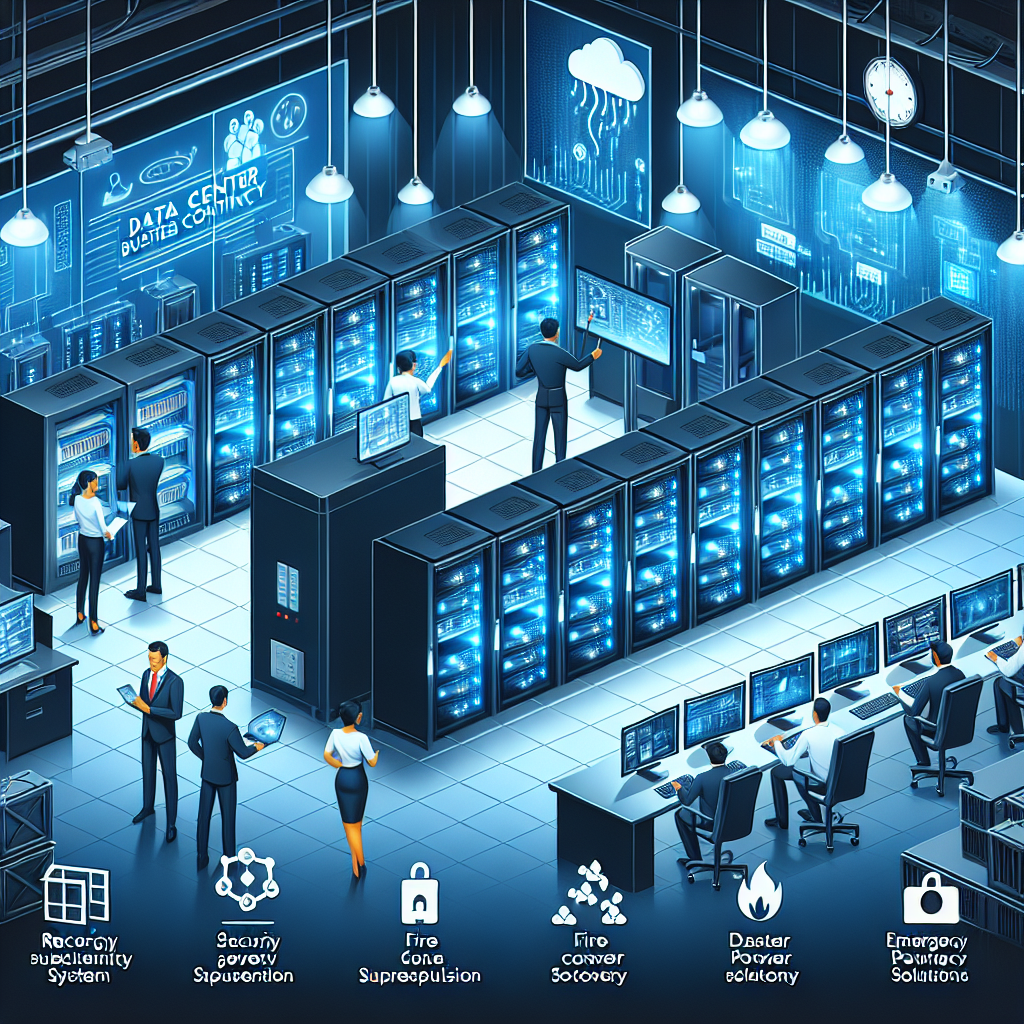In today’s digital age, data centers play a crucial role in ensuring the seamless operation of businesses. With the increasing reliance on technology, it has become more important than ever for organizations to have a robust business continuity strategy in place to protect their data and ensure uninterrupted operations in the event of a disaster.
A successful data center business continuity strategy is essential for safeguarding critical data and ensuring the continuity of operations in the face of unforeseen events such as natural disasters, cyber attacks, or hardware failures. To develop an effective business continuity strategy, organizations need to consider a number of key components:
1. Risk assessment: The first step in developing a business continuity strategy is to conduct a thorough risk assessment to identify potential threats to the data center. This includes assessing the likelihood and impact of various disasters, such as earthquakes, floods, fires, and cyber attacks.
2. Data backup and recovery: One of the most important components of a business continuity strategy is a robust data backup and recovery plan. This involves regularly backing up critical data and storing it in secure offsite locations to ensure that it can be restored quickly in the event of a disaster.
3. Redundant infrastructure: To minimize downtime and ensure uninterrupted operations, data centers should have redundant infrastructure in place, including backup power supplies, redundant network connections, and failover systems.
4. Disaster recovery plan: In addition to data backup and redundant infrastructure, organizations should also have a comprehensive disaster recovery plan in place. This plan should outline the steps to be taken in the event of a disaster, including how to restore critical systems and data, and how to communicate with stakeholders.
5. Testing and training: Regular testing and training are essential components of a successful business continuity strategy. By conducting regular drills and training sessions, organizations can ensure that their employees are prepared to respond effectively in the event of a disaster.
6. Monitoring and reporting: Monitoring the performance of the data center and reporting on key metrics is essential for evaluating the effectiveness of the business continuity strategy. By monitoring key performance indicators such as uptime, recovery time objectives, and data loss, organizations can identify areas for improvement and make necessary adjustments to their strategy.
In conclusion, a successful data center business continuity strategy is essential for ensuring the resilience of an organization’s operations in the face of unforeseen events. By considering the key components outlined above and developing a comprehensive plan that addresses the specific needs of the data center, organizations can minimize downtime, protect critical data, and ensure the continuity of their operations in the event of a disaster.


Leave a Reply